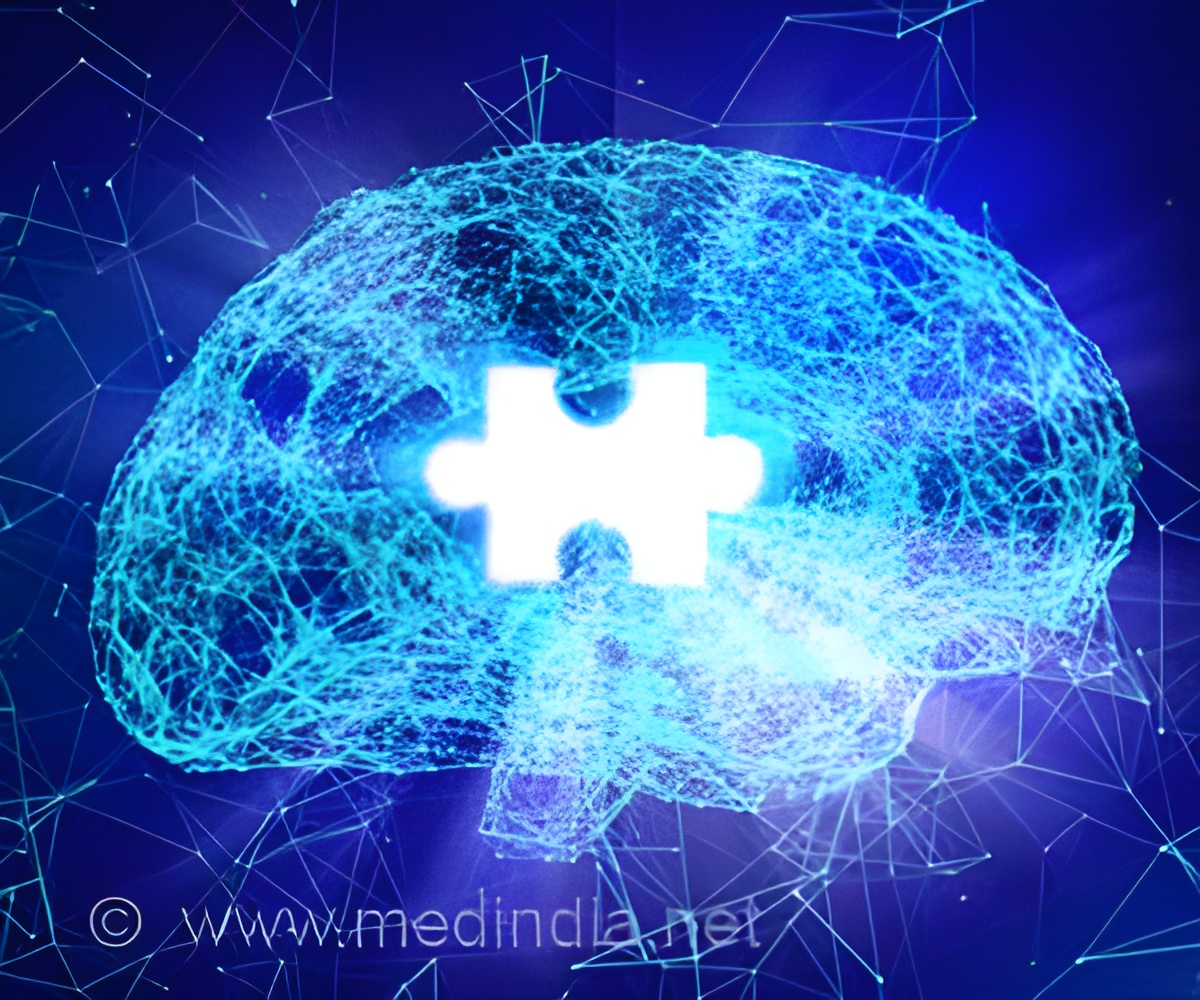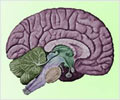The optogenetic activation of hippocampal astrocytes can be viewed as a novel therapeutic avenue for addressing Alzheimer's disease.

Optogenetics: Background, Methodological Advances
Go to source) represent a sophisticated method for precisely managing and observing the biological activities of cells, cell clusters, tissues, or organs with exceptional temporal and spatial precision, employing optical systems and genetic engineering techniques.
Exploring the Intriguing World of Astrocytes
Astrocytes are neuroglial stellate cells forms with multiple outgrowths. Astrocytes generate calcium signals and release substances known as gliotransmitters. They are able to interfere with neuronal activity by regulating extracellular concentration of potassium ions and also neuromediators due to expression of a large number of electrogenic mediator transporters on their membrane (glutamate, gamma-aminobutyric acid, glycine). Not long ago we wrote about the discovery of glutamateergic astrocytes.‘The activation of metabotropic Gq-receptors within astrocytes through optogenetics regulates the synaptic function of hippocampal neurons and enhances cognitive function in mice that have been genetically modified to exhibit Alzheimer's disease. #alzheimersdisease #worldalzheimersday’





Astrocytes act on neural receptors through the release of gliotransmitters, modulating neuronal excitability, synaptic transmission and plasticity. Astrocytes are closely linked to pathogenesis and pathological processes of neurodegenerative diseases, that’s why the ability to control their processes has become an important and necessary goal when treating neurodegenerative diseases such as Alzheimer's disease (AD). There is still no serious therapeutic agent in treating Alzheimer's disease. For a long time there have been several basic synaptic contact loss hypotheses concerning the manifestation of Alzheimer’s: amyloid, calcium and other. Researchers at Institute of Biomedical Systems and Biotechnology, SPbPU believe that it’s astrocytes that play a vital role in the pathogenesis of neurodegenerative diseases, that’s why controlling their processes has become a necessary task.
The experiments were conducted in specially bred mice genetic line 5xFAD with Alzheimer's disease. It is well known that the structural and electrophysiological characteristics of hippocampal neurons are altered in Alzheimer's disease (for example, there is a decrease in the density of mushroom-shaped dendritic spines of neurons). Astroсytes gradually convert into their pathological reactive form, losing their normal capacity to function.
Optogenetic Stimulation of Astrocytes
In their study, the scientists used optogenetic tools for stimulating astrocytes by selectively targeting light-sensitive metabotropic receptor OptoGq, as expressed in hippocampal astrocytes. Scientists intend to research the influence of optogenetic stimulation of astrocytes on the activity of hippocampal pyramidal neurons, determine whether optogenetic stimulation has neuroprotective properties and also find out if ontogenetic stimulation is able to improve cognition in mice genetically engineered to develop Alzheimer's.During the experiments, the scientists were able to show that optogenetic stimulation of hippocampal astrocytes restores a number of mushroom-shaped spines in mice, potentiation, the learning capacity of Alzheimer's mice in a behavioral fear-conditioning test and increases the expression of glutamate transporter. Other interesting results were also received.
In the future, the scientists plan to also apply chemogenetic tools for similar exposure of astroglial cells.
Advertisement
- Optogenetics: Background, Methodological Advances - (https://www.frontiersin.org/articles/10.3389/fbioe.2019.00466)











